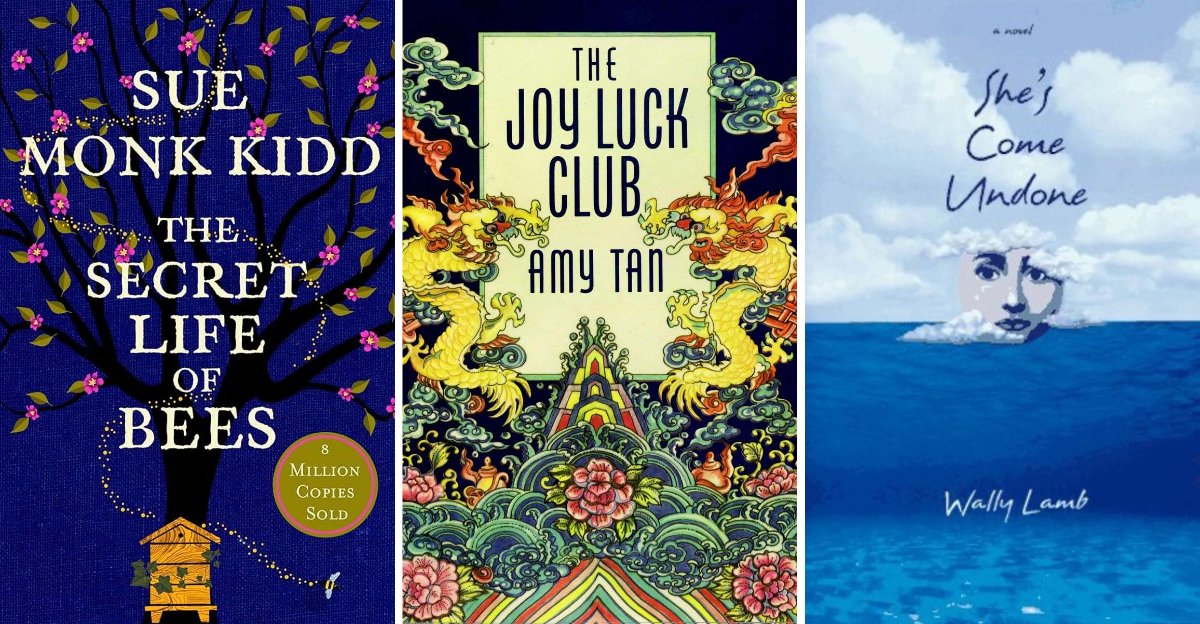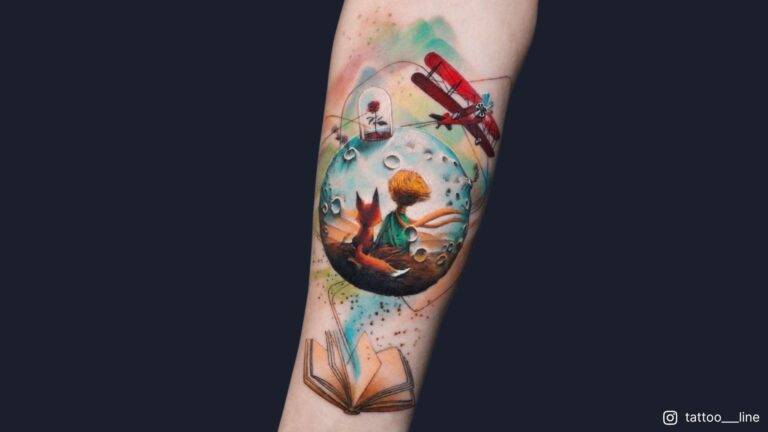15 Books by Women That Are Turning Readers Off — And Common Reasons They Quit Early
In the diverse world of literature, certain books, despite being penned by women and having gained acclaim, are now struggling to resonate with modern readers.
This isn’t a reflection of their quality but rather an indication of changing times and tastes. In this blog post, we explore 15 titles that readers are currently putting down early, along with the common reasons for their disconnect.
1. The Secret Life of Bees by Sue Monk Kidd
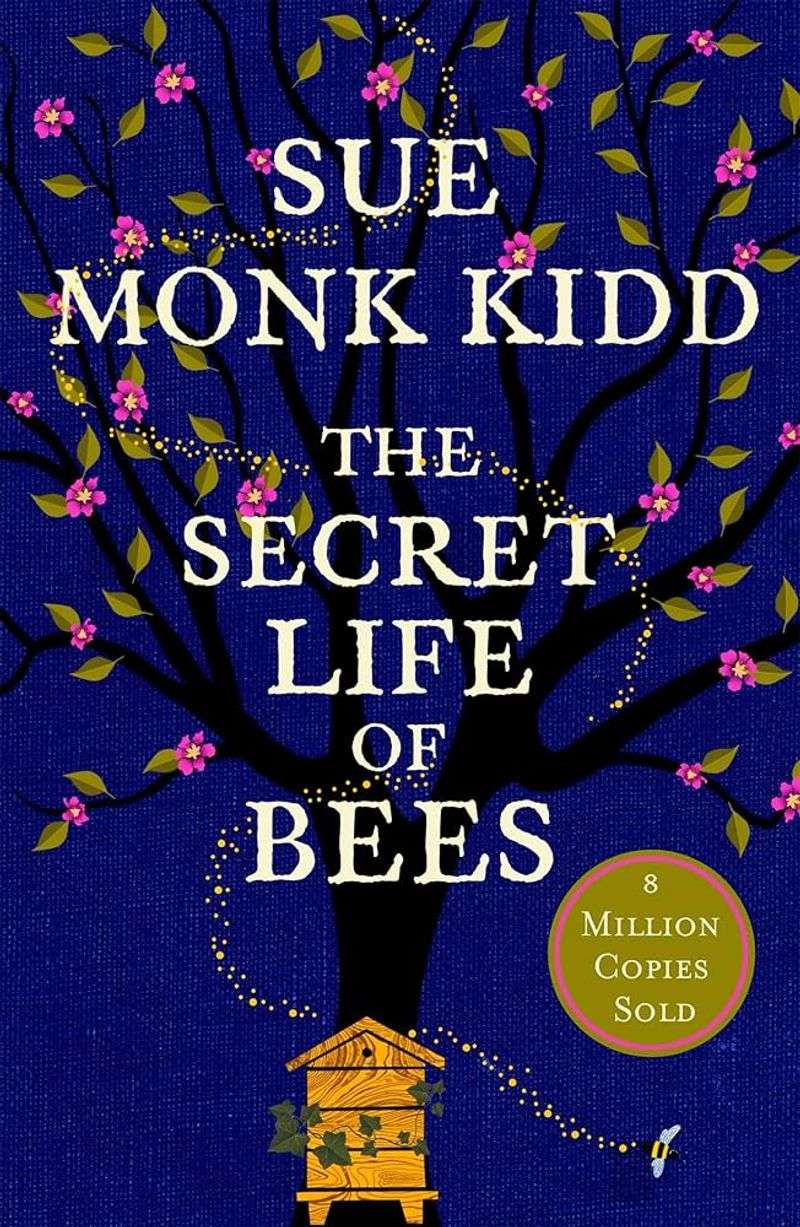
The Secret Life of Bees once captivated audiences with its heartfelt narrative and Southern charm. However, many contemporary readers find it emotionally manipulative and overly sentimental. The story’s white-savior tone has also come under scrutiny, as it seemingly oversimplifies complex issues of race and trauma.
Readers seeking nuanced discussions on these topics often find themselves disengaging early. Despite its lyrical prose and evocative setting, the emotional dynamics between characters feel forced to some, leading to an early exit.
2. She’s Come Undone by Wally Lamb
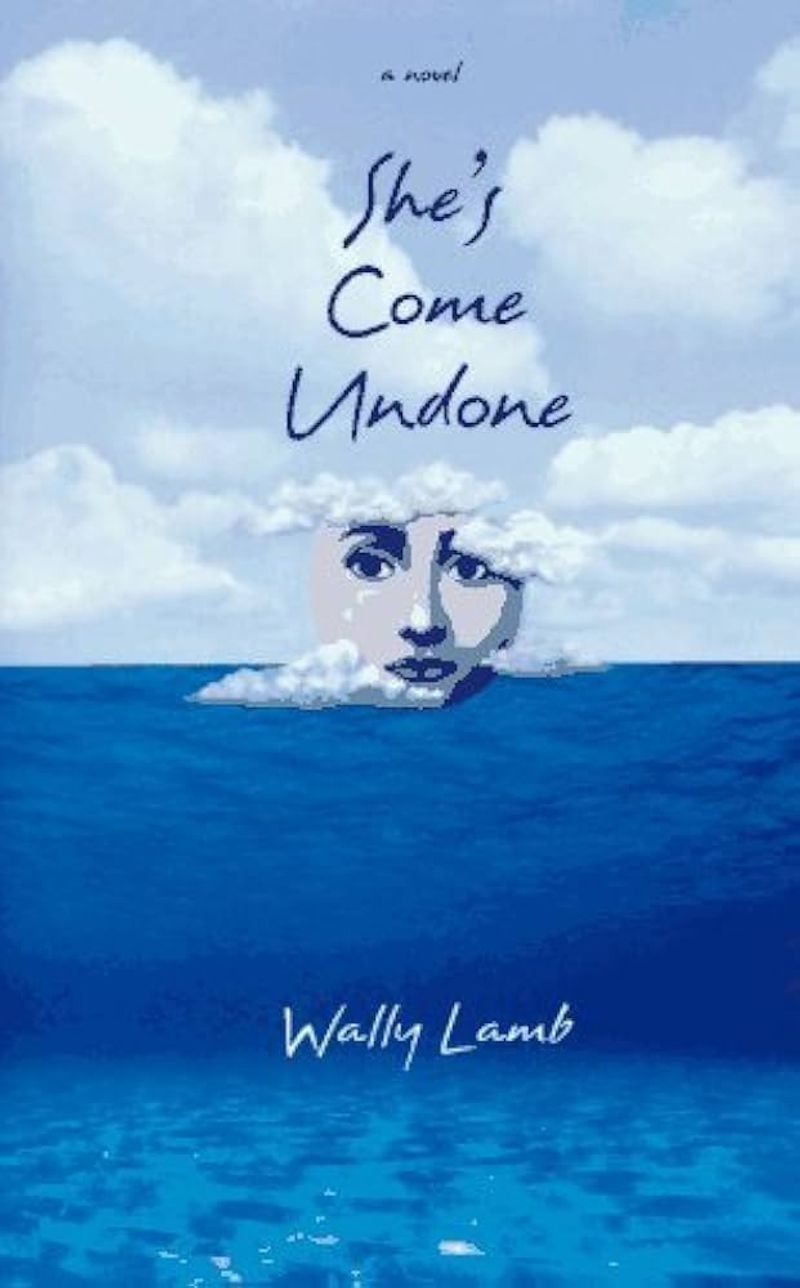
She’s Come Undone, although authored by a man, was once hailed for its powerful depiction of a woman’s journey. Today, it’s critiqued for being emotionally inauthentic and heavy on stereotypes. The protagonist’s struggles with weight, identity, and mental health, once seen as raw and relatable, now strike some readers as oversimplified.
The emotional depth that was its strength now feels more like a caricature to modern audiences. This detachment often leads to readers abandoning the book prematurely.
3. Eat, Pray, Love by Elizabeth Gilbert
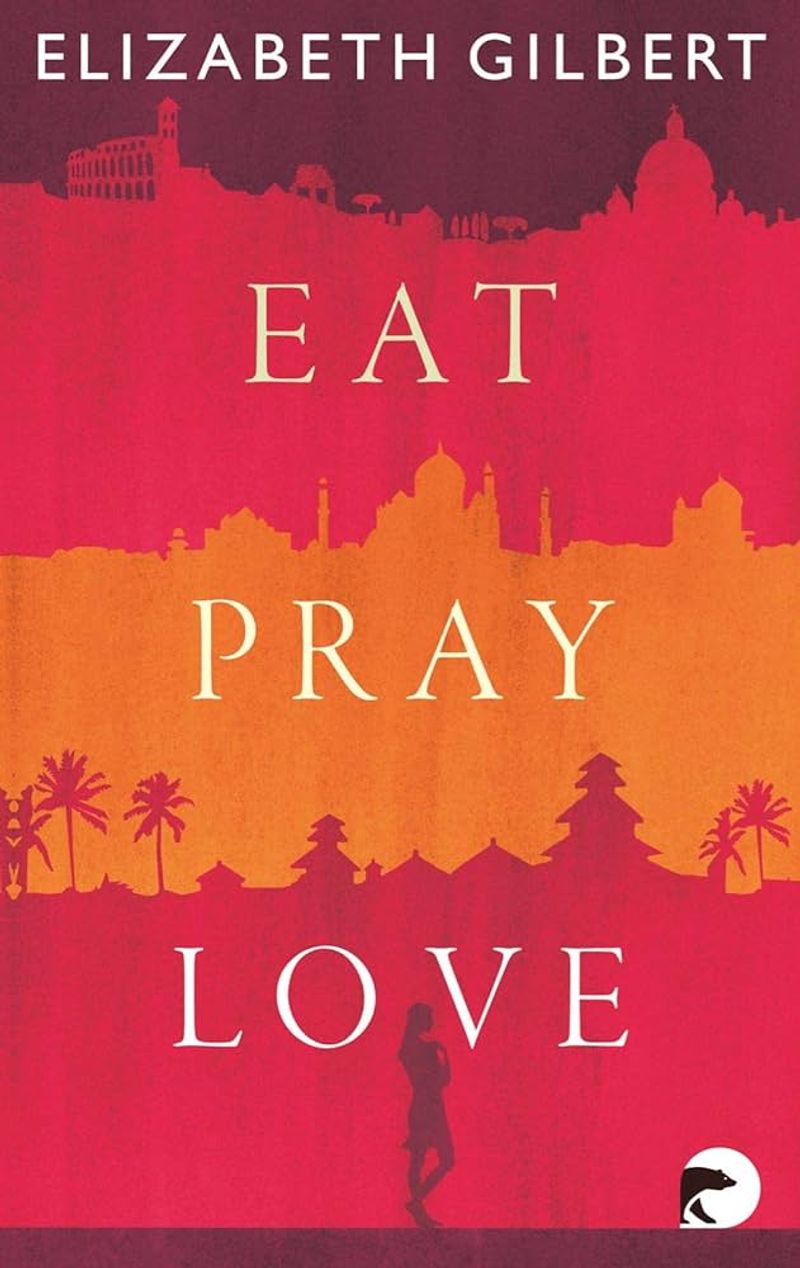
Eat, Pray, Love was once a beacon of self-discovery and empowerment. However, it now reads to many as privileged and self-indulgent, disconnected from the realities faced by most women. The journey, once inspirational, seems distant and unattainable for those facing everyday challenges.
Gilbert’s introspective narrative, while beautifully written, lacks the relatability that modern readers crave. As a result, the book’s allure fades quickly for those seeking genuine connection and insight.
4. White Oleander by Janet Fitch
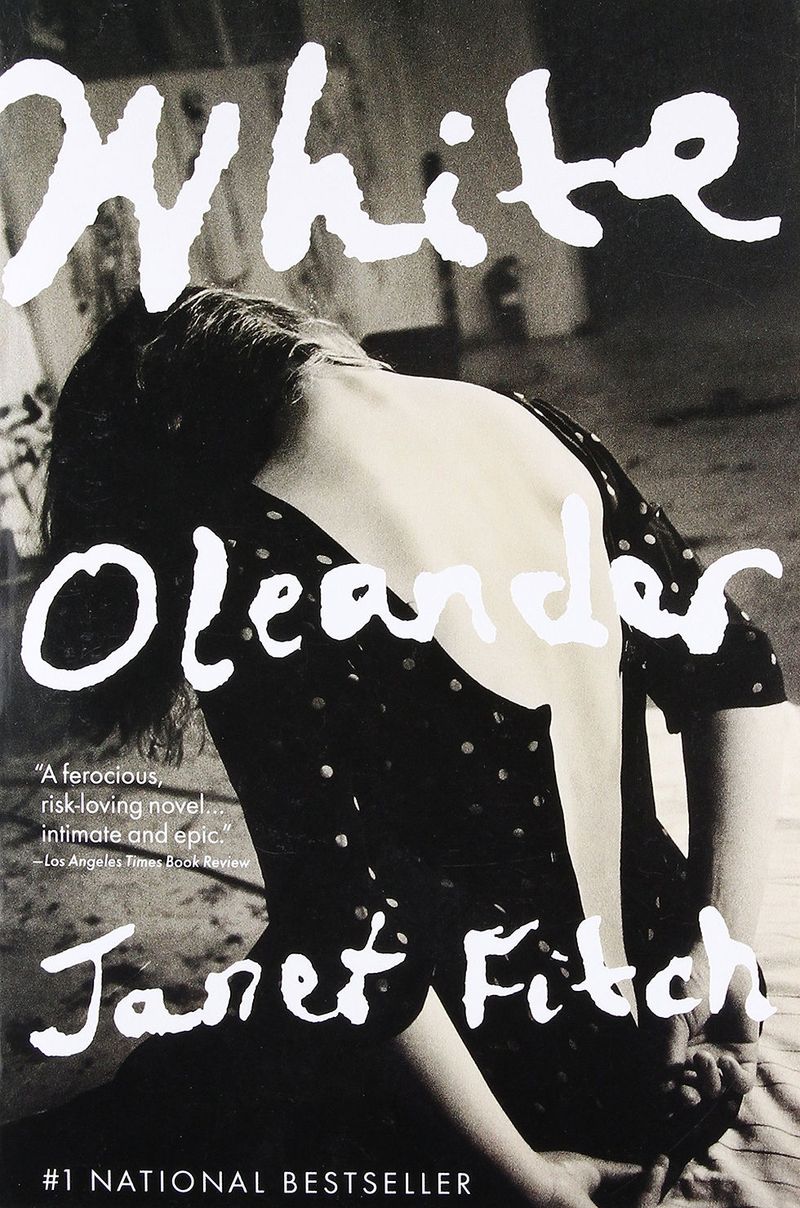
White Oleander enchanted early 2000s readers with its poetic prose and intense mother-daughter dynamics. Yet, today’s audience often perceives the trauma depicted as glamorized and its emotional resolution as flat.
The vivid imagery and artistic language, though striking, are sometimes seen as overshadowing character development. Modern readers, craving deeper emotional engagement, find themselves drifting away. This disconnect highlights a shift in how trauma and its aftermath are perceived in literature.
5. The Joy Luck Club by Amy Tan
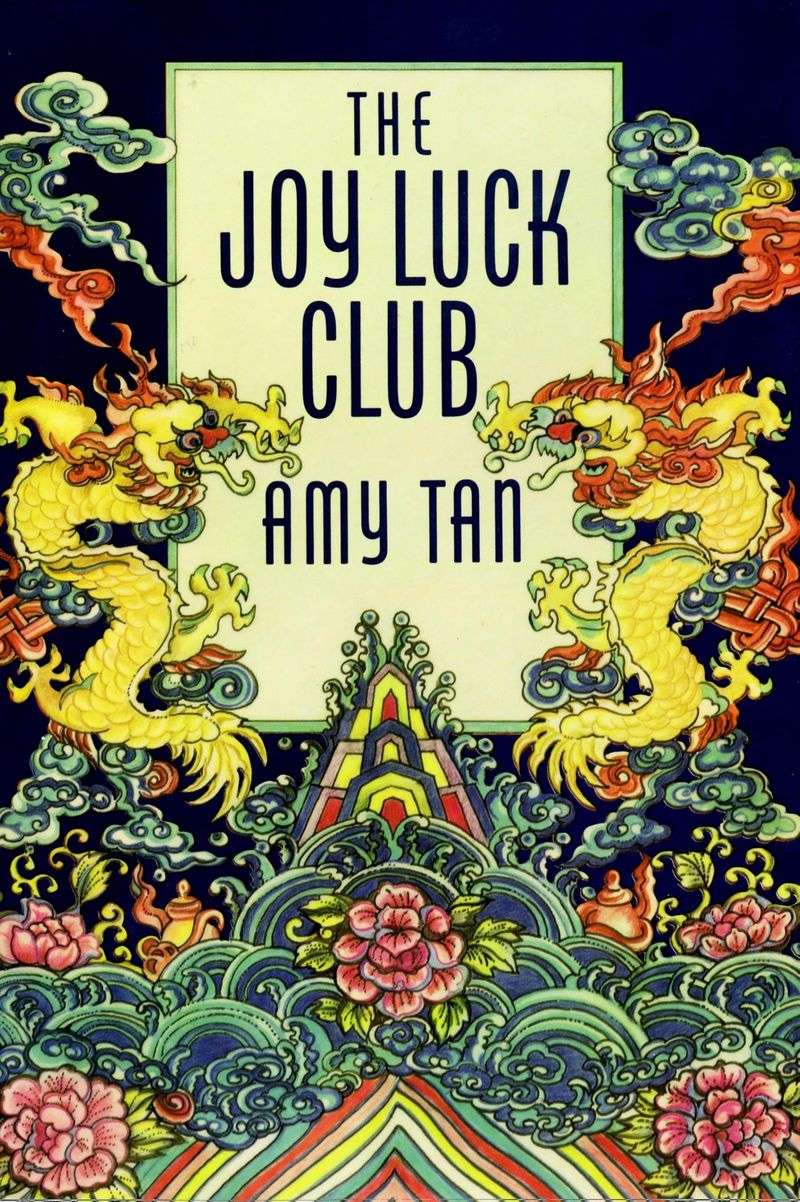
The Joy Luck Club maintains cultural significance, yet its portrayal of Asian mothers and daughters feels overly dramatic to some. The generational struggles, once praised for their authenticity, now strike modern readers as emotionally exhausting.
The intricate narratives, while skillfully woven, sometimes overwhelm with their intensity. As cultural conversations evolve, the book’s depiction of familial relationships can feel stagnant, prompting readers to lose interest.
6. Confessions of a Shopaholic by Sophie Kinsella
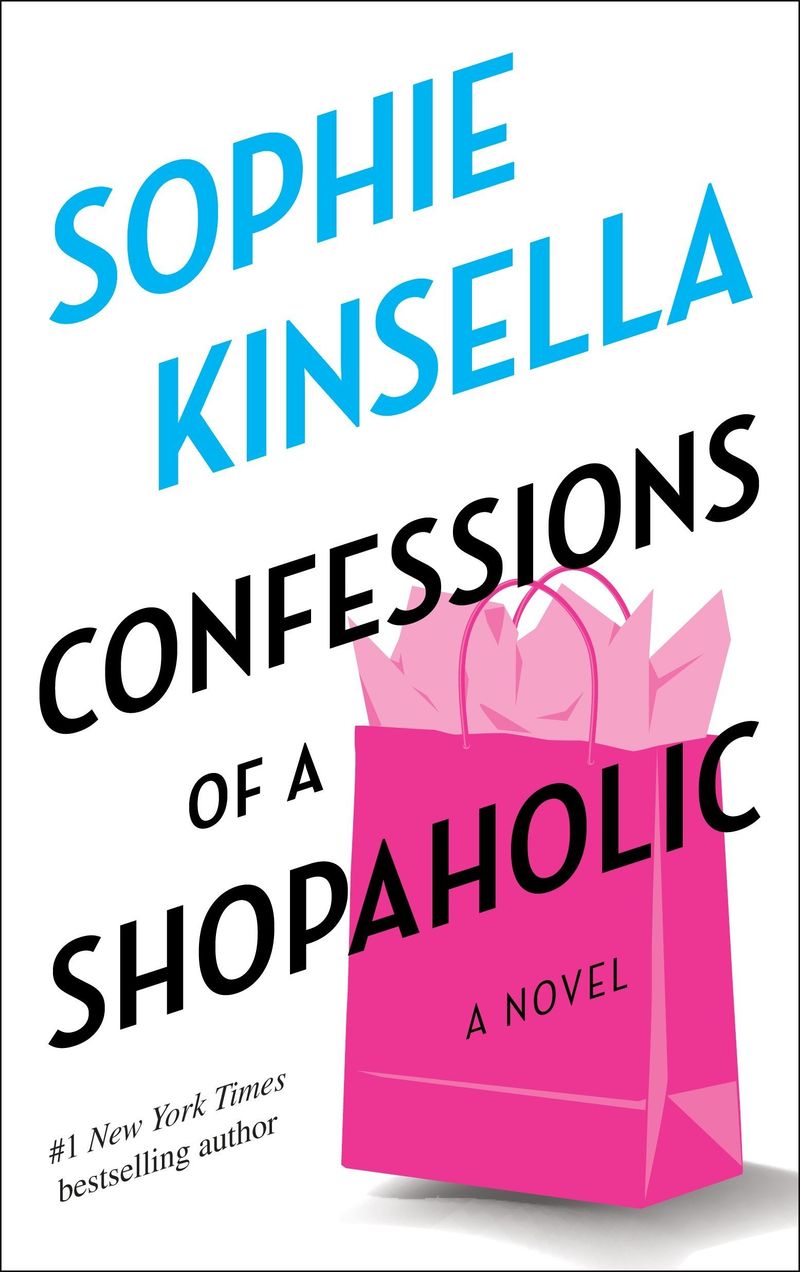
Confessions of a Shopaholic was light-hearted and amusing, embracing the chaotic charm of its protagonist. Yet, today it often reads as shallow and irresponsible, glamorizing financial recklessness. The humorous escapades once delightful now feel repetitive, lacking depth or meaningful growth.
Readers seeking substance in their escapism find themselves disengaging. The comedic tone, while entertaining, doesn’t compensate for the lack of relatable character evolution, leading to early abandonment.
7. Valley of the Dolls by Jacqueline Susann
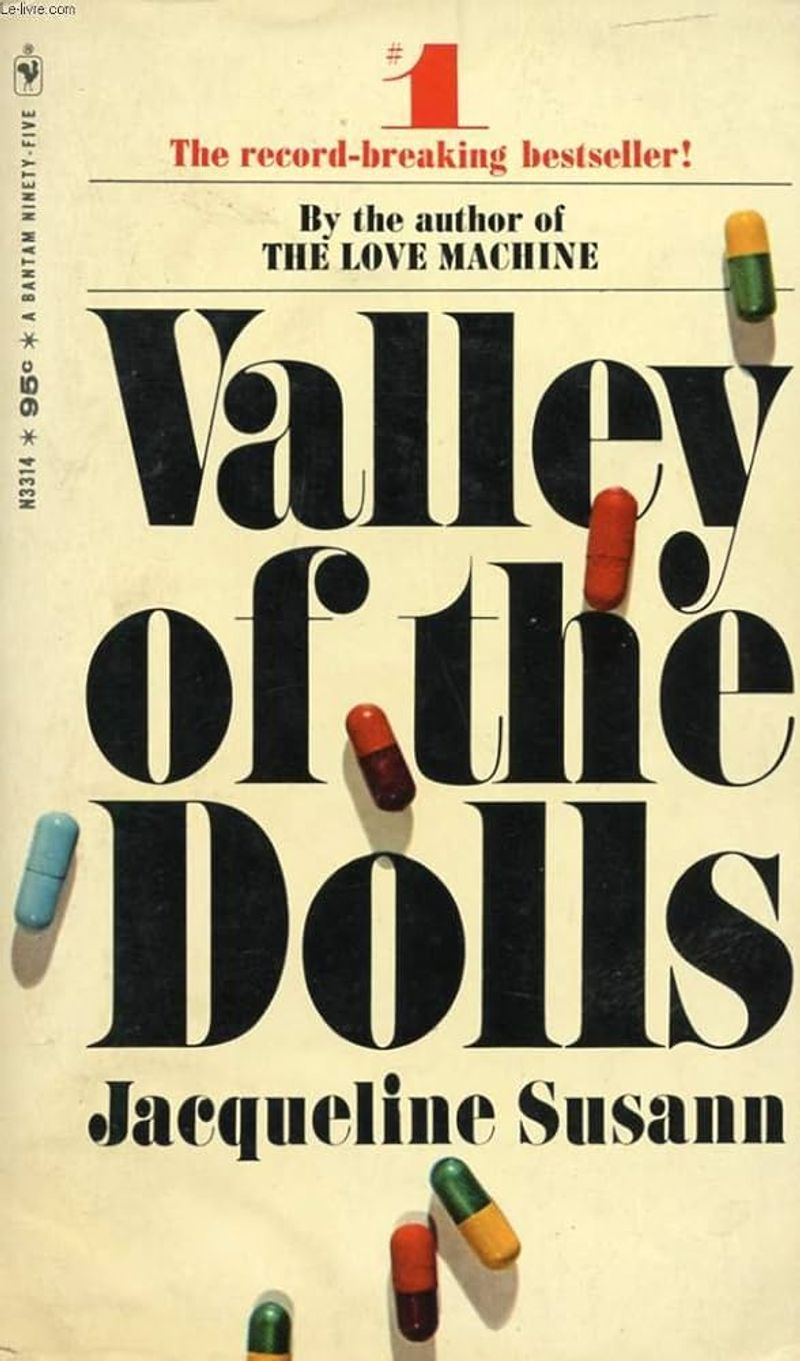
Valley of the Dolls, with its daring look at women in the entertainment industry, was groundbreaking. Today, it reads more like melodrama, with outdated values concerning beauty, success, and mental health. The bold narrative that once captivated now feels like a relic of another time.
Readers searching for contemporary resonance with feminist themes might find it lacking. The portrayal of ambition and despair, once fresh, can seem overblown to those seeking nuanced characters.
8. We Were the Mulvaneys by Joyce Carol Oates

We Were the Mulvaneys presents a tale of family trauma and recovery, yet its meandering plot and emotional distance put off some readers. The intense experiences described feel cold and detached, with characters who remain enigmas.
Readers looking for emotional connection and dynamic storytelling find the narrative slow and unfulfilling. As the family’s story unfolds, the lack of warmth and engagement can lead to reader disinterest, prompting early departure.
9. Forever by Judy Blume
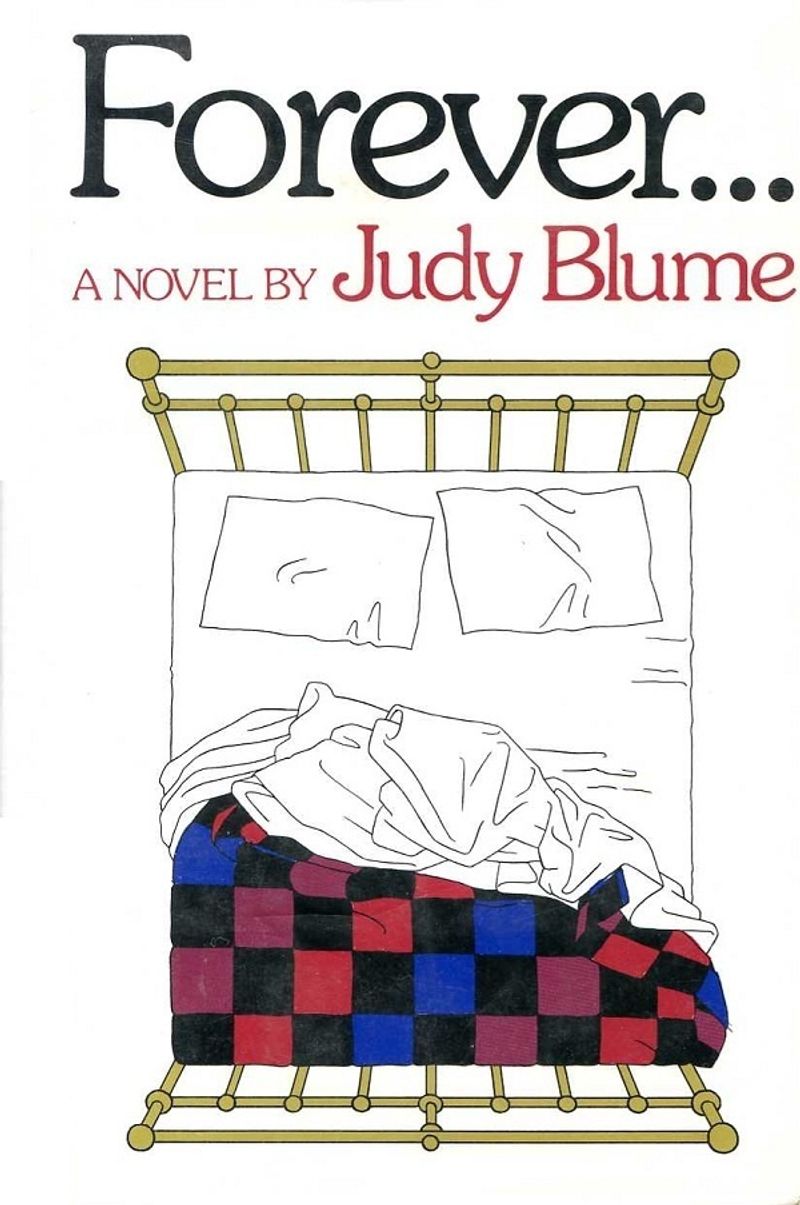
Forever broke new ground with its honest portrayal of teenage love and sexuality. However, its dialogue and emotional arc often strike modern readers as simplistic and awkward. The earnestness, once refreshing, now feels out of touch with today’s complex youth narratives.
While its intent remains commendable, the execution seems dated, leading readers to seek more contemporary reflections of teenage life. This disconnect often results in readers closing the book before its conclusion.
10. Bridget Jones’s Diary by Helen Fielding
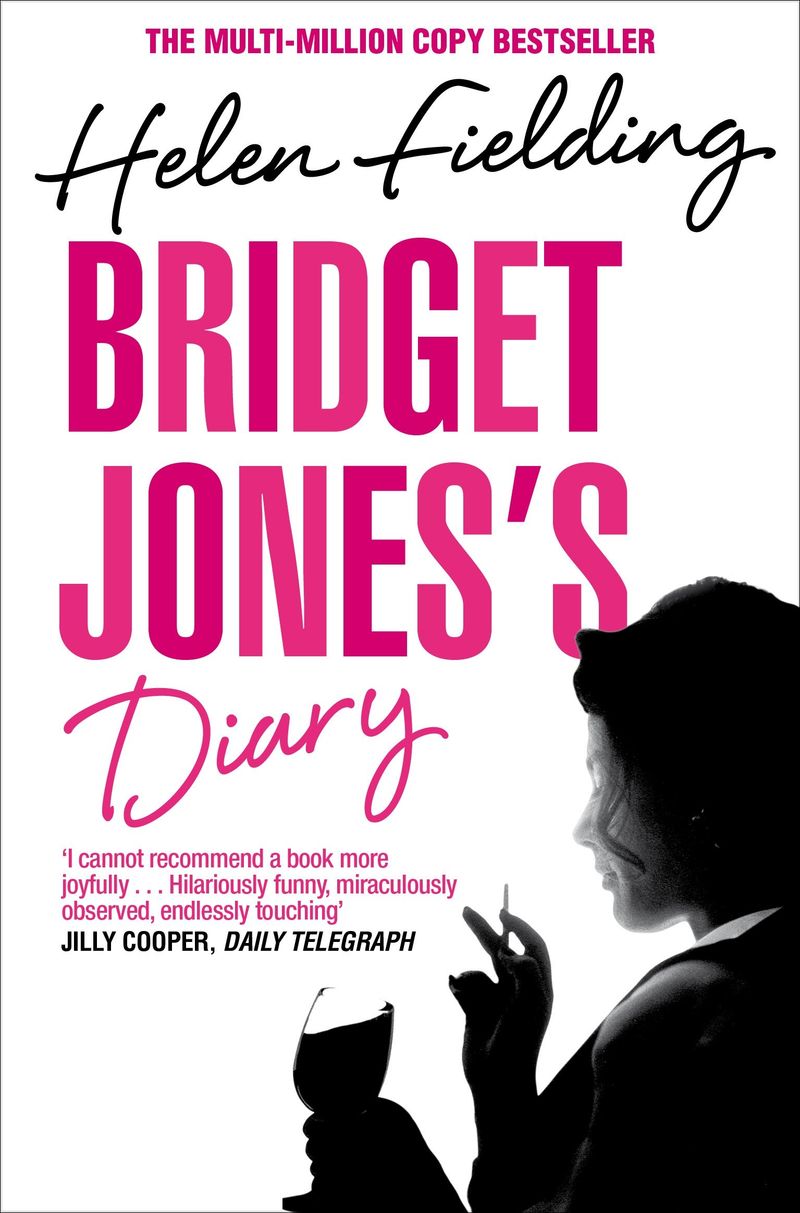
Bridget Jones’s Diary became iconic for its wit and relatability. Yet, many now view it as a dated portrayal of self-loathing veiled as romance. Bridget’s charmingly chaotic life, once endearing, now feels repetitive and lacks significant growth.
Modern readers seeking empowerment and progression in female narratives may find it lacking. Although humor remains, the absence of substantial character development leads to early disengagement.
11. The Awakening by Kate Chopin
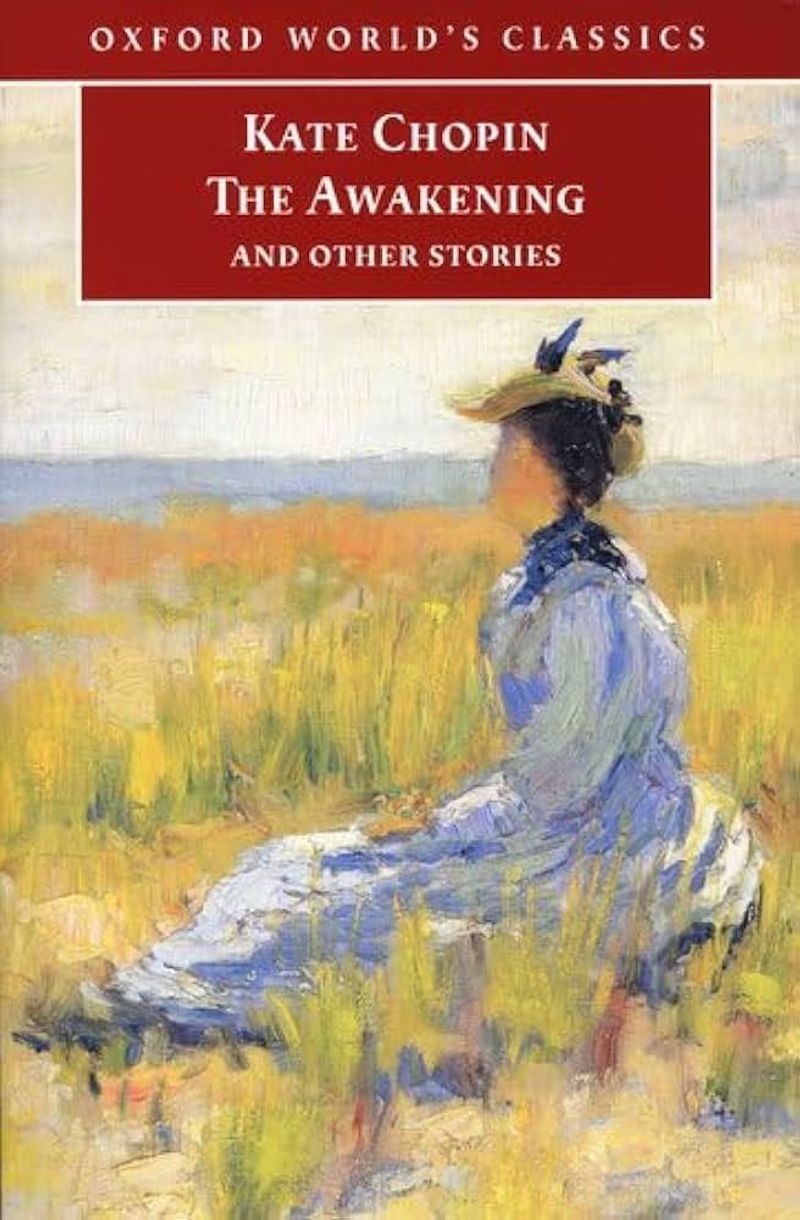
The Awakening is a classic that has sparked conversations about female autonomy. Despite its literary merit, modern audiences often struggle with its slow pacing and emotionally distant protagonist. Edna’s journey of self-discovery, though groundbreaking, can feel disconnected and remote to contemporary readers.
The contemplation and introspection, while profound, often lead to disengagement as readers crave more immediate emotional payoff. The narrative’s deliberate pace sometimes finds little patience among today’s readers.
12. Little Earthquakes by Jennifer Weiner

Little Earthquakes aims to capture the essence of female friendships and motherhood, yet its neat dialogue and emotional clichés deter some. The heartfelt intent is evident, but the execution often veers into predictability.
As readers look for complexity and authenticity, the book’s straightforward narrative can feel uninspired. The challenges faced by the characters, while relatable, sometimes lack depth and nuance. This lack of freshness in storytelling leads to readers setting the book aside prematurely.
13. Memoirs of a Geisha by Arthur Golden
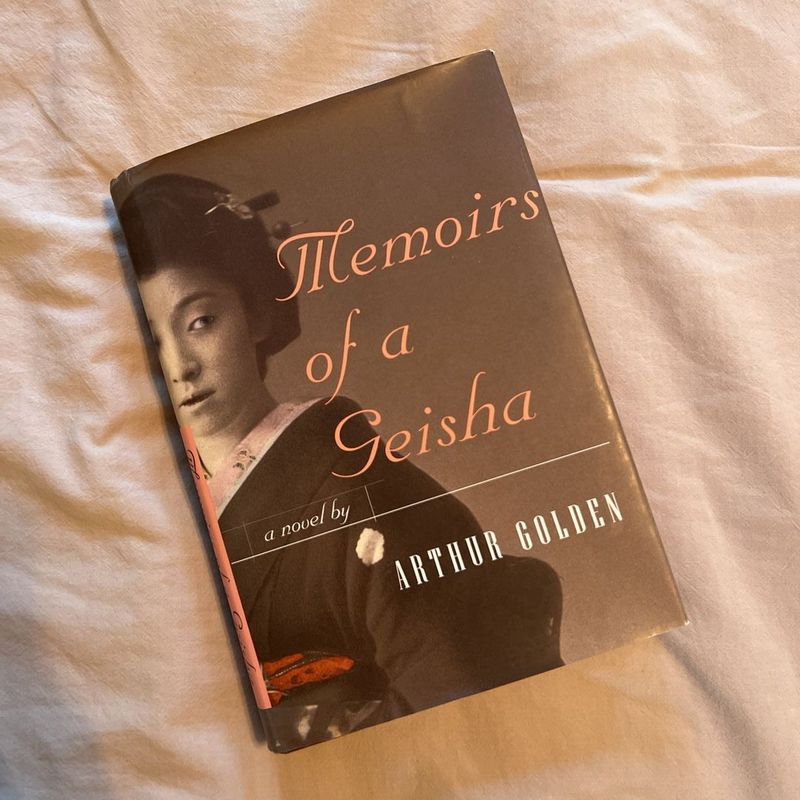
Memoirs of a Geisha offers a glimpse into a fascinating world, yet it faces criticism for cultural inaccuracies and objectification. The narrative, rich in detail, is questioned for its authenticity as it’s written by an outsider.
The depiction of a Geisha’s life, while captivating, feels removed from reality, leaving some readers skeptical. As cultural narratives are increasingly scrutinized for accuracy, this novel struggles to maintain its allure. The discrepancies in portrayal often lead to early dismissal.
14. The Bell Jar by Sylvia Plath
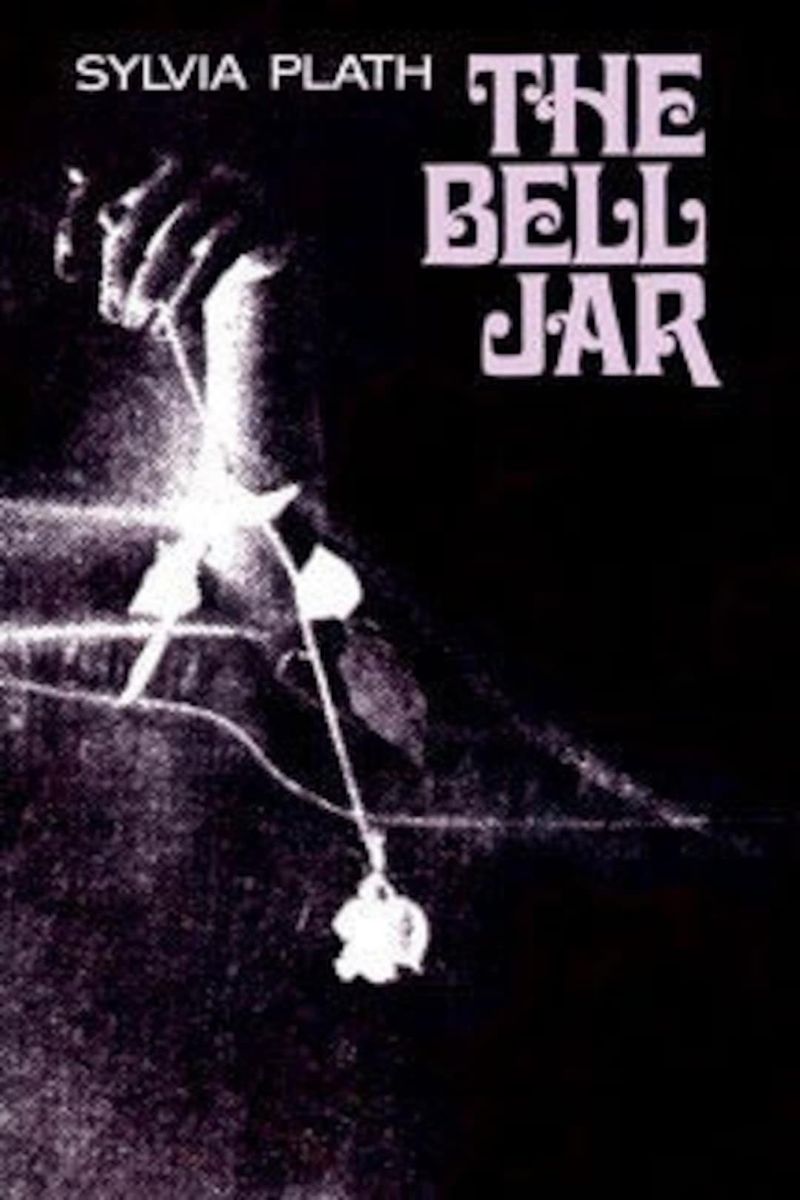
The Bell Jar remains a powerful exploration of mental health and identity, yet some younger readers find its voice dated. Plath’s profound reflections on despair and recovery feel emotionally claustrophobic to those seeking expansive narratives.
The book’s intensity, while impactful, can feel overwhelming without moments of relief. As readers navigate its themes, the dense atmosphere and introspective style might lead to disengagement. Despite its status, the novel’s mood can feel stifling, prompting early exits.
15. I Don’t Know How She Does It by Allison Pearson
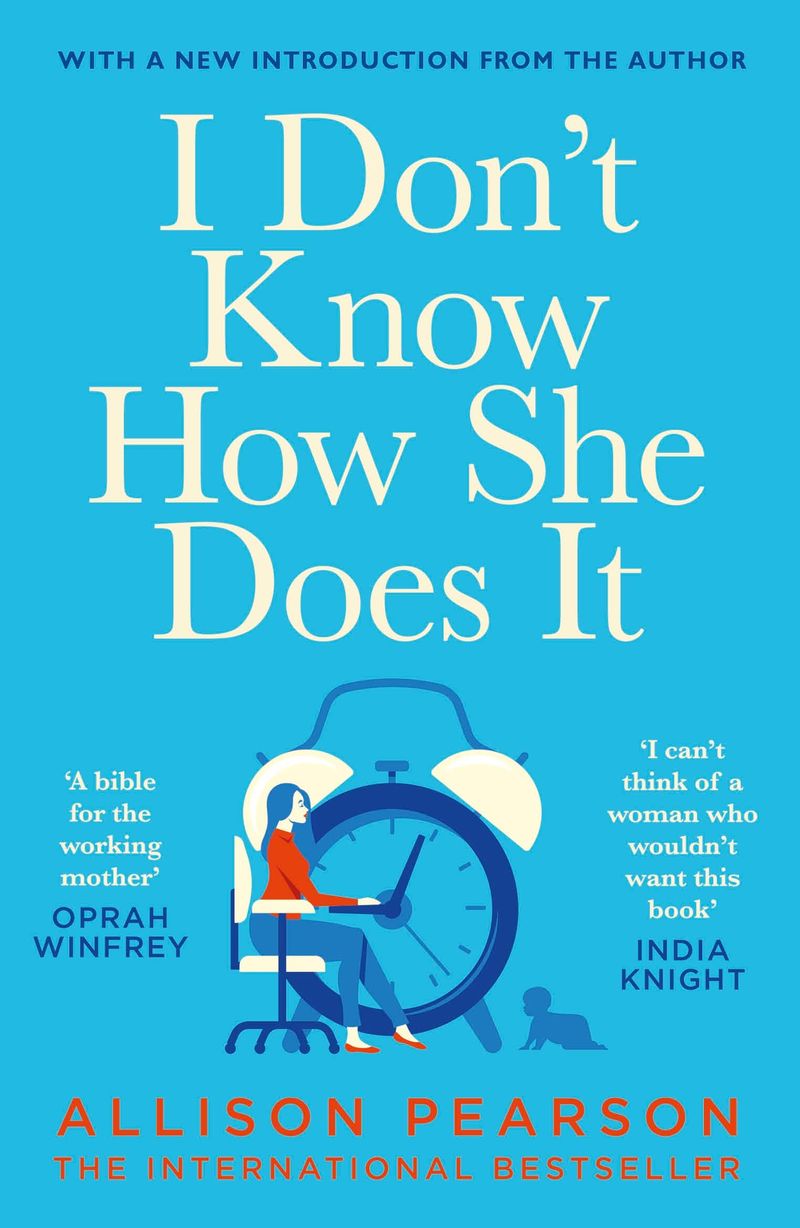
I Don’t Know How She Does It was designed to empower working mothers, yet its tone now feels condescending to some readers. The narrative, once seen as a celebration of multi-tasking women, seems to reinforce outdated gender expectations.
As societal views on work-life balance evolve, the book’s portrayal of motherhood and career feels limiting. The protagonist’s struggles, although relevant, are depicted with little depth, prompting readers to seek richer, more nuanced stories. This lack of resonance leads to early disengagement.

